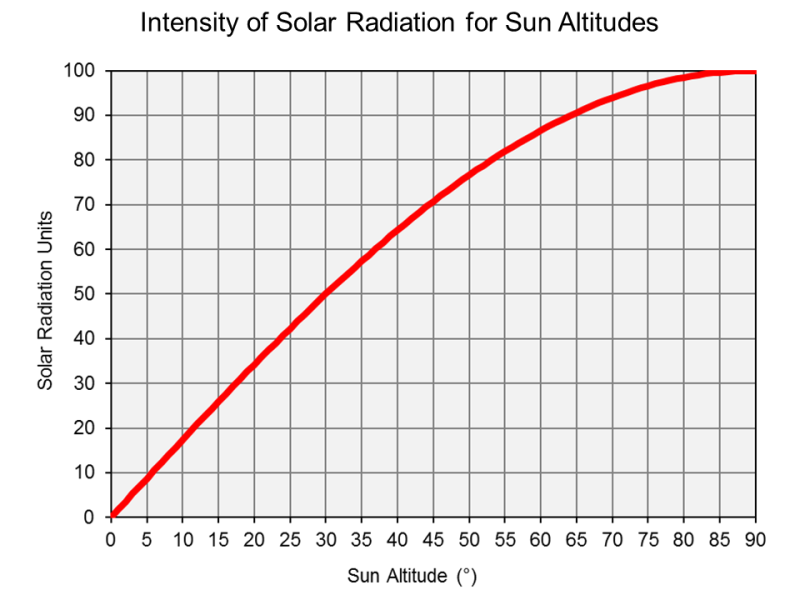svetz
Works in theory! Practice? That's something else
This is interesting, suggests that between relaxation time and cooling on a photodiode boosts efficiency.
From 2016, so probably doesn't work as well as expected or we'd all have these on our roof.
Anyone know how to calculate how much time a photodiode needs after absorbing a photon to "reset" to efficiently capture the next one? If so, we could calculate the spin rate (probably a lot higher than in the video).
From 2016, so probably doesn't work as well as expected or we'd all have these on our roof.
Anyone know how to calculate how much time a photodiode needs after absorbing a photon to "reset" to efficiently capture the next one? If so, we could calculate the spin rate (probably a lot higher than in the video).
Last edited:



